The simple way to maximize space in a small garden – according to celebrity gardener Frances Tophill
How can we create the illusion of space in our gardens? The esteemed presenter reveals everything we need to know
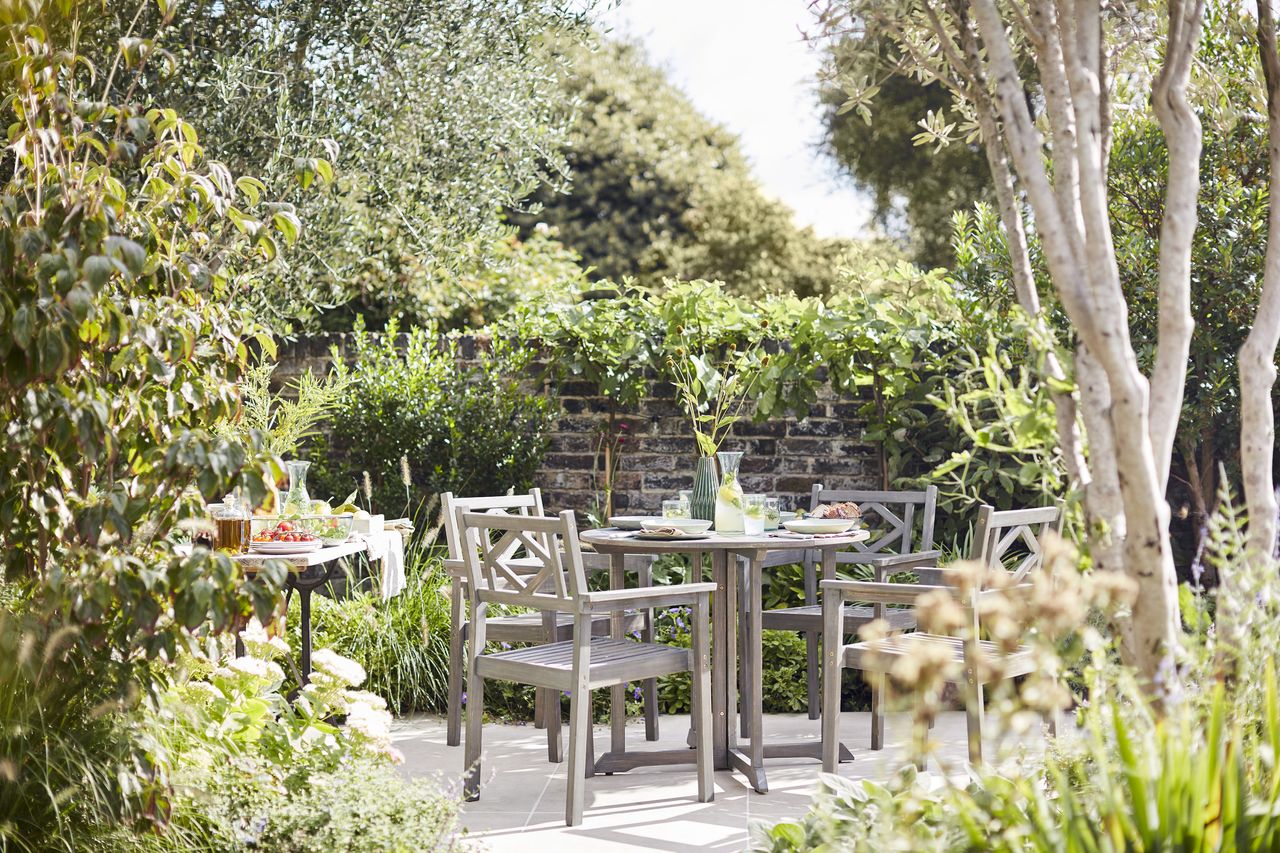

It’s the age-old question that divides green-thumbed enthusiasts: how can we make our gardens feel bigger? Is it really possible to create the illusion of space? Well, according to gardening expert Frances Tophill, it is possible, and the solution has never felt simpler.
Sharing her small garden ideas exclusively with Gardeningetc, Frances revealed her tip that will instantly make our exteriors feel more spacious – and we already wish we had known about her advice sooner.
How can we make a small garden feel bigger?
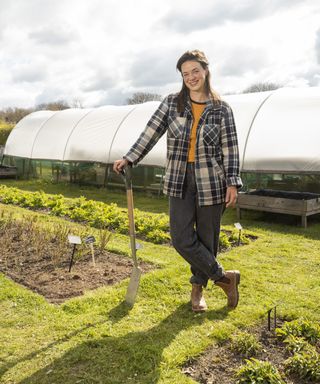
‘Don’t plant little plants – that’s the biggest thing.’ Frances begins. ‘If you put miniature plants in a small garden, then it will make it look like a miniature space. If you plant one or even two trees and put them at the edge of the garden, then you won’t be able to see down to the bottom of your garden. It gives the impression that the garden will go on a little bit further than you think,’ she adds.
Instead, to make a small garden look bigger, Frances suggests choosing trees that are ‘no more than 3 or 4 meters high’ and that have a ‘nice shape,’ thus making the garden feel ‘immediately like an oasis.’ There's suggestions for the best trees for small gardens in our guide.
‘If you plant small plants in a small garden, you can see the whole boundaries all the time. Then, because you can see the boundaries, you know they’re there, so it feels cramped. Obscure the boundaries with trees or big tropical-looking plants, then you can’t see where the edges are. It will feel so much better,’ she adds.
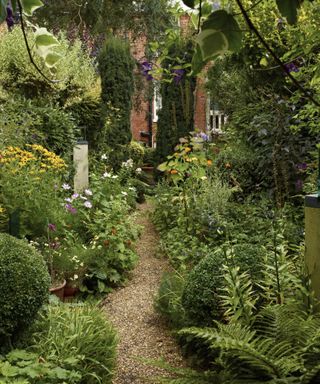
While Frances’s tip will work in all small gardens, she continues to focus specifically on wildlife garden ideas – and how city residents can not only make their garden feel bigger – but also create a biodiverse haven for local wildlife.
‘I would suggest being imaginative and using your vertical space. In urban areas, there are so many little gardens - whether it’s a balcony or a windowsill or a tiny little courtyard. Even if you have the tiniest little garden, if you increase the use of that space to benefit biodiversity, then you have to think of your little garden as being a part of a larger habitat,’ Frances shares.
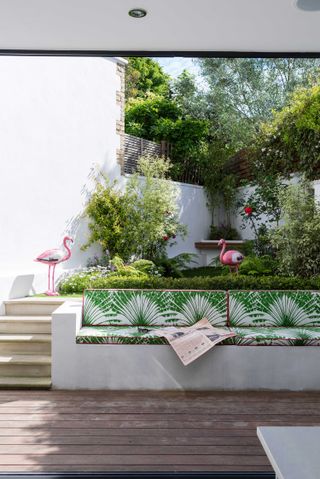
‘With everything that you’re planting, make sure you’re thinking about how it will benefit the wildlife. Never choose bedded plants that have double flowers because they are infertile. Always make sure that you’re picking plants that have accessible nectar because, in a small space, every single plant counts.’
Why stop at Frances’s advice? If you’re looking for ways to plan your garden design further, then take some more tips from our guide.
Frances has teamed up with Weleda - the original green beauty brand - to encourage people to reconnect with nature and support biodiversity through its #GetGreenFingers campaign. For more information, visit their website.
Megan is the News and Trends Editor at Homes & Gardens. She first joined Future Plc as a News Writer across their interiors titles, including Gardeningetc, Livingetc, and Real Homes. As the News Editor, she often focuses on emerging microtrends, sleep and wellbeing stories, and celebrity-focused pieces. Before joining Future, Megan worked as a News Explainer at The Telegraph, following her MA in International Journalism at the University of Leeds. During her BA in English Literature and Creative Writing, she gained writing experience in the US while studying in New York. Megan also focused on travel writing during her time living in Paris, where she produced content for a French travel site. She currently lives in London with her antique typewriter and an expansive collection of houseplants.
-
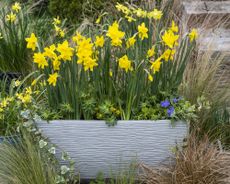 An Update on Gardeningetc
An Update on GardeningetcA word from our publisher
By Beth Murton Published
-
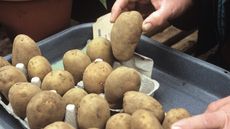 Do you need to chit potatoes? Find out what the experts say
Do you need to chit potatoes? Find out what the experts sayGrow Your Own Learn how to chit potatoes before planting them in the ground and you’ll be on your way to getting an earlier and bigger harvest
By Drew Swainston Published
